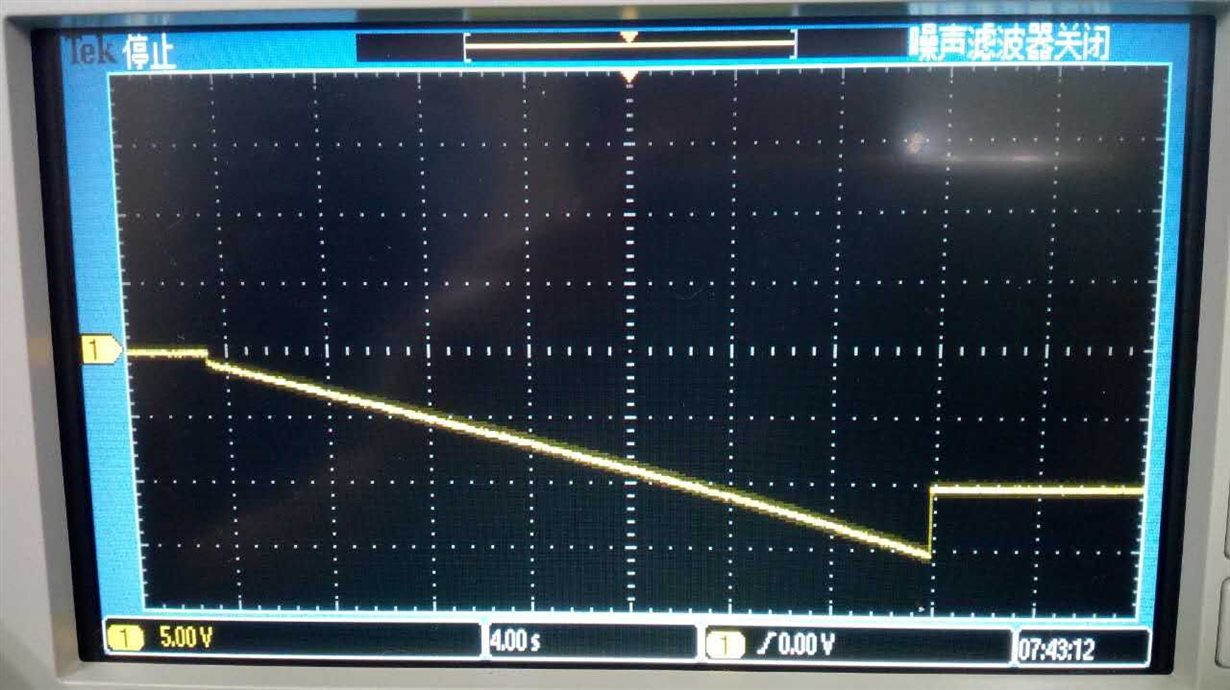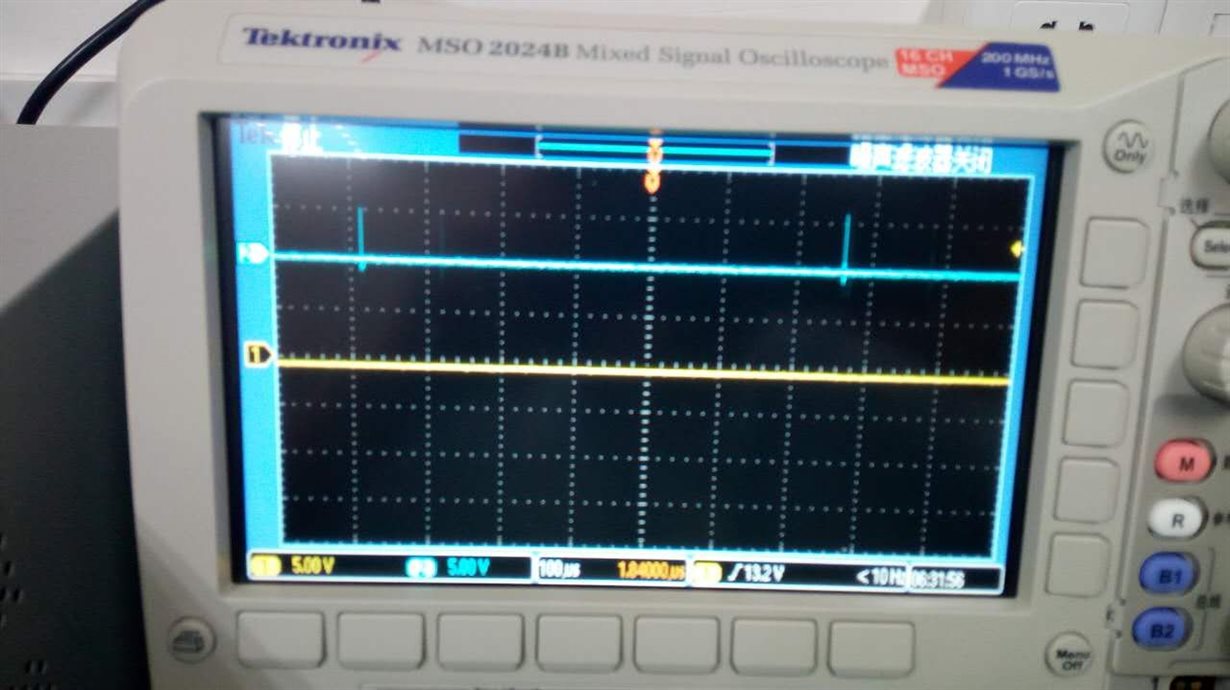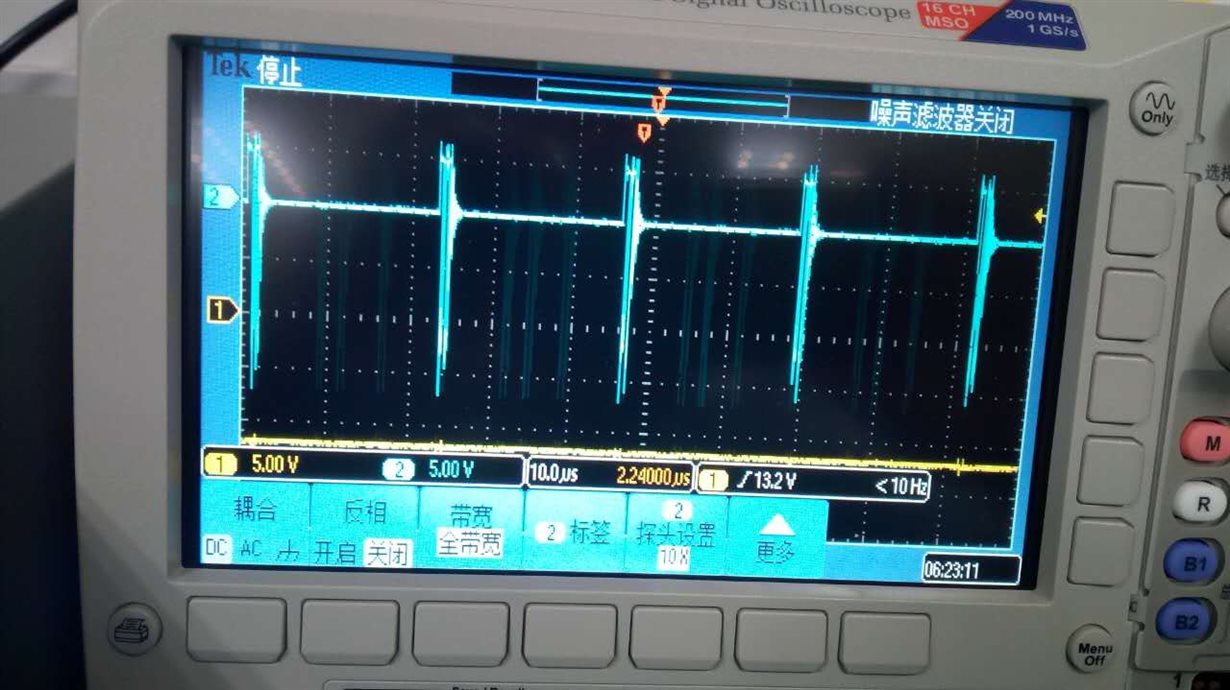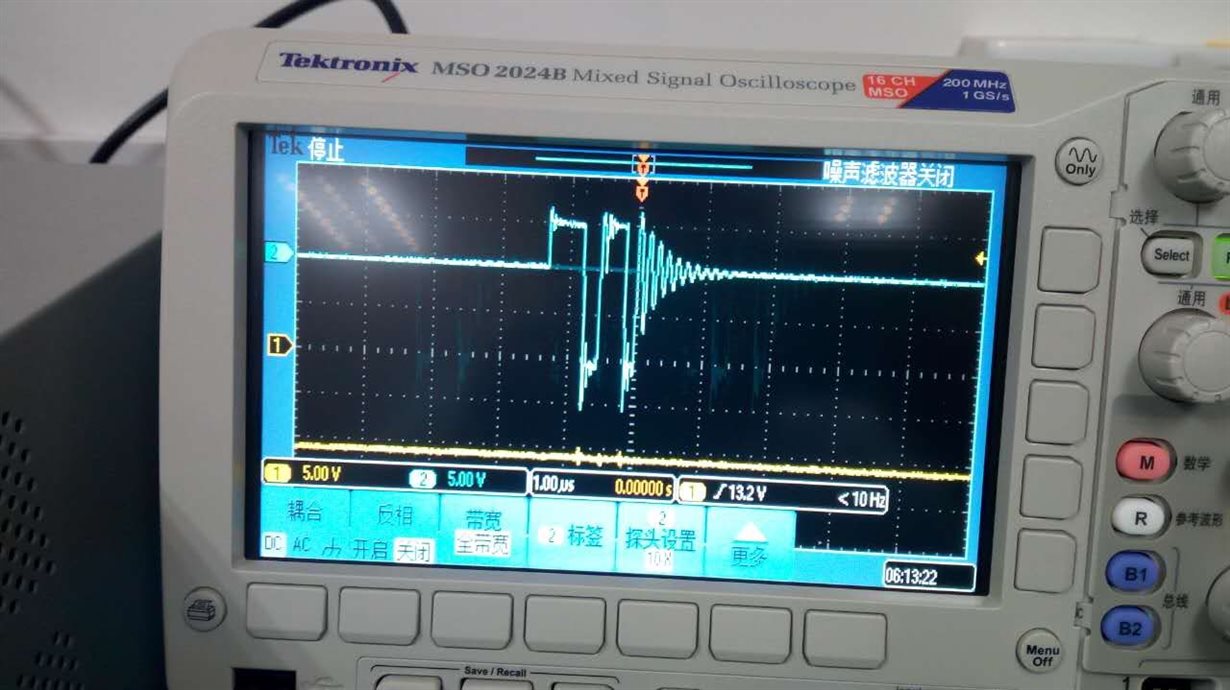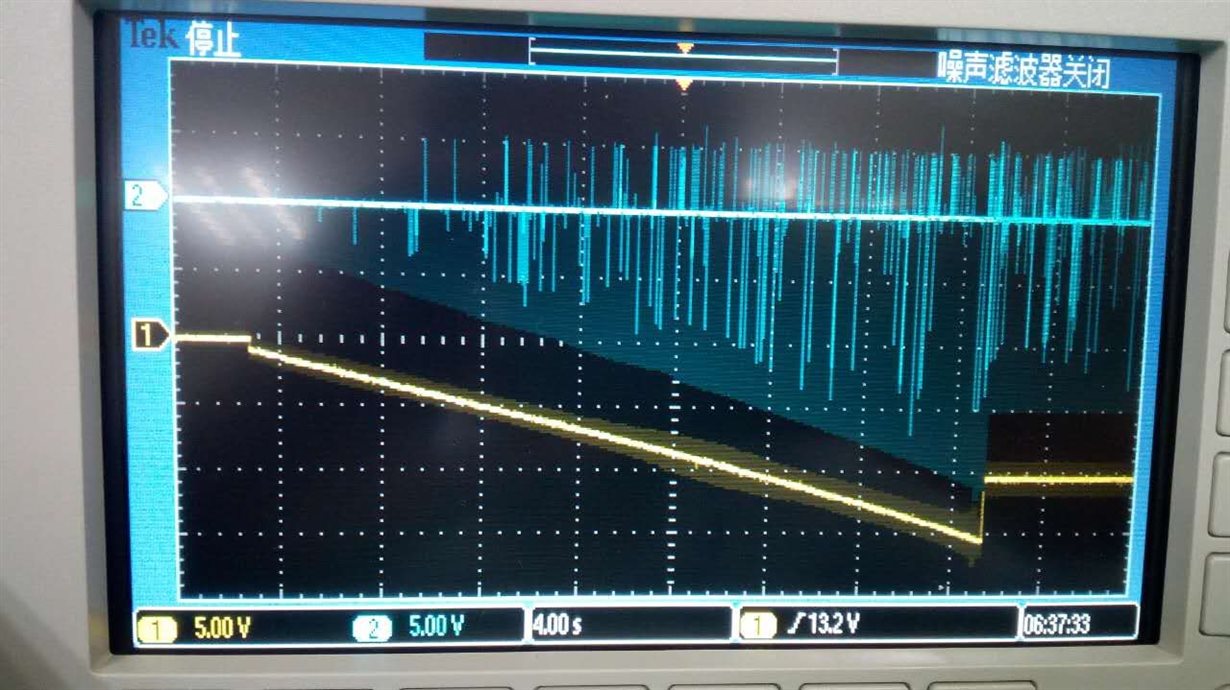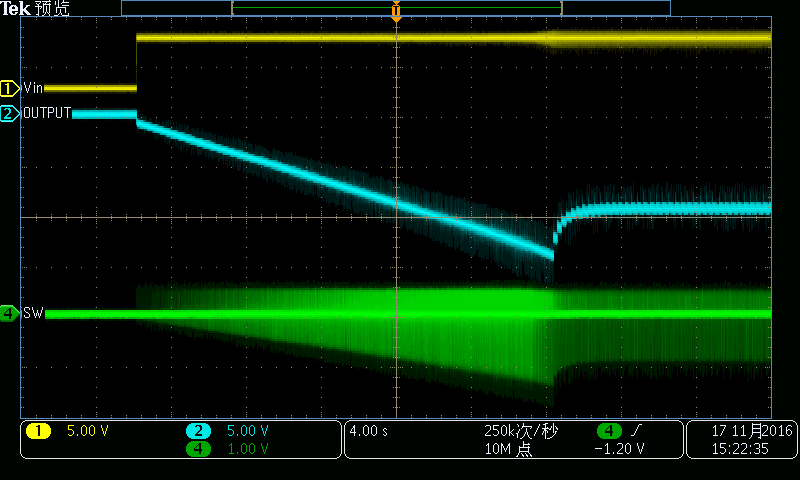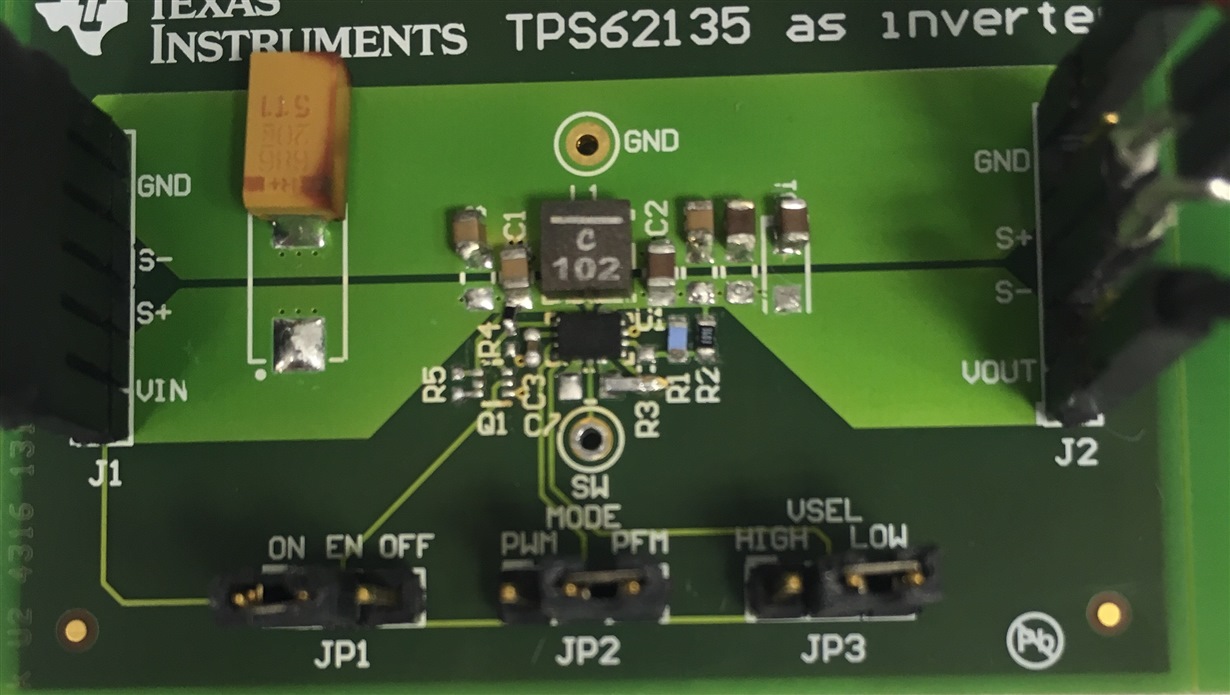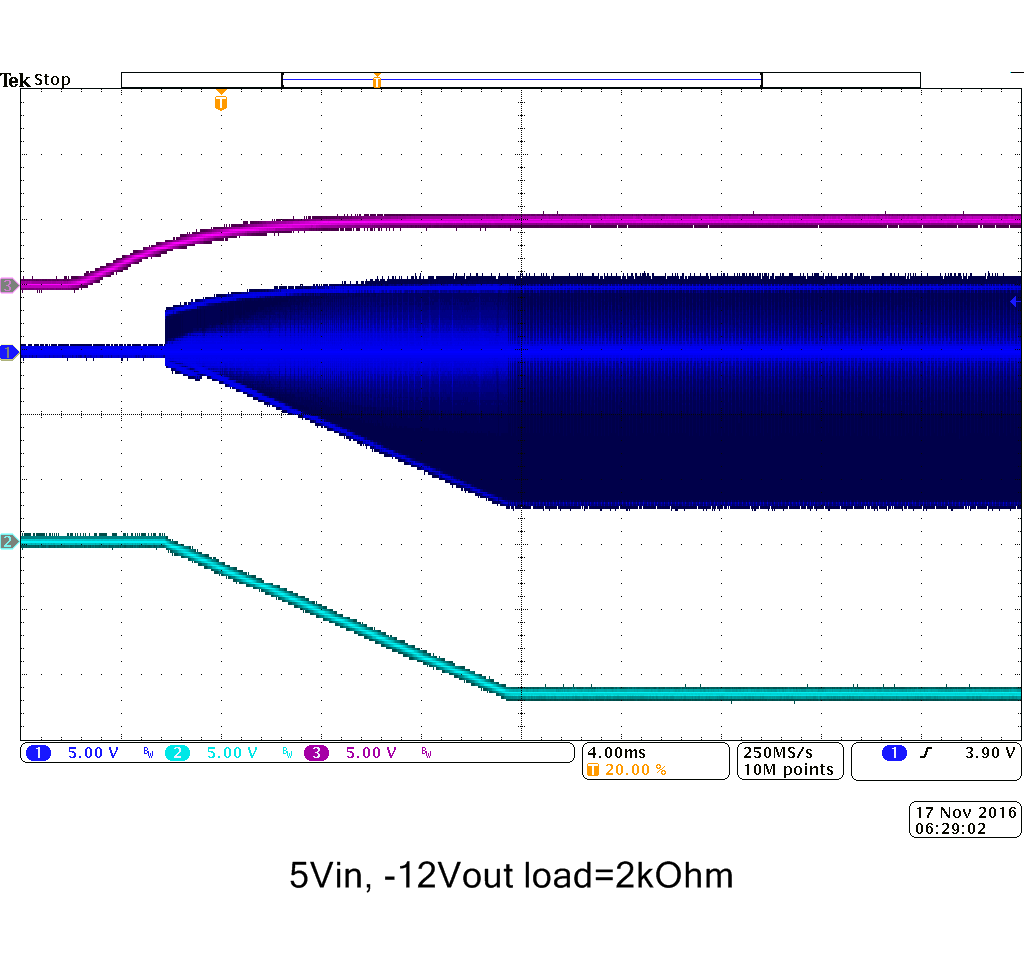Hello,
I am searching for a low power solution to generate -12V for an analog switch. The load current is minimal <1uA at -12V. The input is made of two series connected AA battery. To work on the concept I am using the TPS62125 in Tina, note that the input range of this IC is 3 to 17V, the minimum input voltage is higher than the typical working input voltage for my application. I'd appreciate if someone could advise for a better fit.
The issue I'd like to get some understanding on is the following simulation results in Tina with the TPS62125 transient model. This behaviors is consistent in Webbench.
In this simulation, The input voltage is 4V, I am expecting an output voltage regulated at - (1 + 2Meg / 1Meg) x 0.8 = -2.4V. as you can see from the waveform at the output node of this inverting topology, the voltage keeps ramping down more and more negatively, and does not regulate at -2.4V. I appreciate if someone could point out, what is going on.
Thanks
FI


